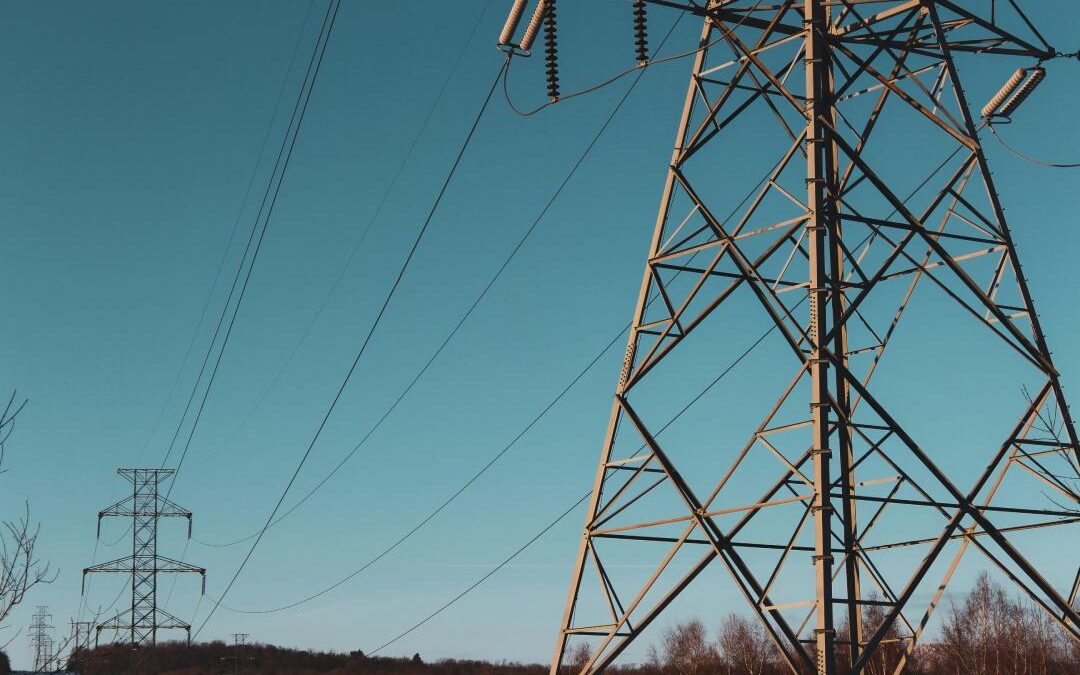Clean Energy Accounts for 71% of New Capacity in India
Renewable energy (RE) sources like solar and wind contributed a staggering 71% of the 26 GW of new power generation capacity added during the year.
India’s power sector witnessed a historic shift towards clean energy in FY24, according to the latest CEEW Centre for Energy Finance (CEEW-CEF) Market Handbook. Renewable energy (RE) sources like solar and wind contributed a staggering 71% of the 26 GW of new power generation capacity added during the year.
This surge in clean energy has pushed India’s total installed capacity to 442 GW. Notably, RE now accounts for a significant 33% (144 GW) of this capacity, with hydropower contributing an additional 11% (47 GW). For the first time, coal and lignite’s share in the energy mix has dipped below 50%.
Solar power, both grid-scale and rooftop installations, continues to be the dominant force in India’s RE sector. It accounted for 81% (15 GW) of the new RE capacity added in FY24. Wind energy also saw a significant boost, nearly doubling its contribution to 3.3 GW compared to 2.3 GW in FY23. FY24 also marked the return of nuclear power capacity addition (1.4 GW) for the first time since FY17.
This growth aligns perfectly with India’s ambitious renewable energy goals. The CEEW-CEF report highlights that RE auctions reached a record-breaking 41 GW in FY24, nearly achieving 95% of the targeted 50 GW annual bidding target. Interestingly, these auctions witnessed a growing preference for innovative procurement formats. Over a third (37%) of the auctioned capacity involved wind-solar hybrid projects, firm and dispatchable renewable energy (FDRE), and RE-storage combinations. Experts predict this trend to accelerate, with innovative formats potentially accounting for a majority of future bids.
“This report highlights India’s significant progress towards its renewable energy goals,” said Gagan Sidhu, Director at CEEW-CEF. “The auctions held this year demonstrate a clear move away from traditional methods, with innovative formats like wind-solar hybrids and renewable energy with storage accounting for nearly 37% of the auctioned capacity. This trend is likely to continue in the future.”
On the other hand, India’s peak power demand continues to rise, reaching a new high of 240 GW in FY24. This can be attributed to factors such as a booming economy, erratic weather patterns, and colder-than-usual winter months in North India. Total electricity demand also witnessed an 8% increase compared to the previous year.
Read More
$12 Trillion Investment is Required for Global Renewable Energy Expansion

